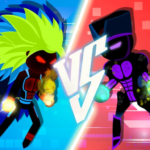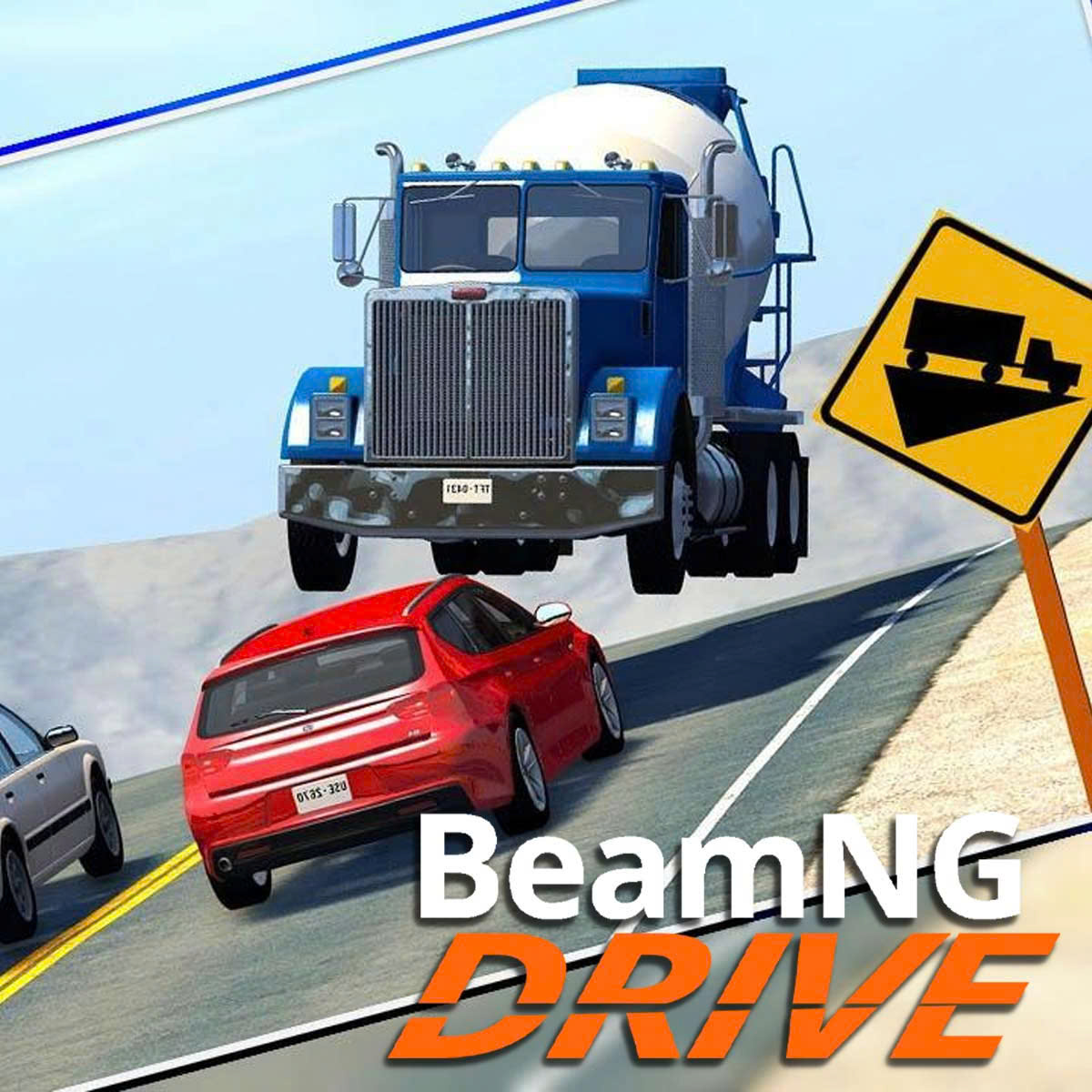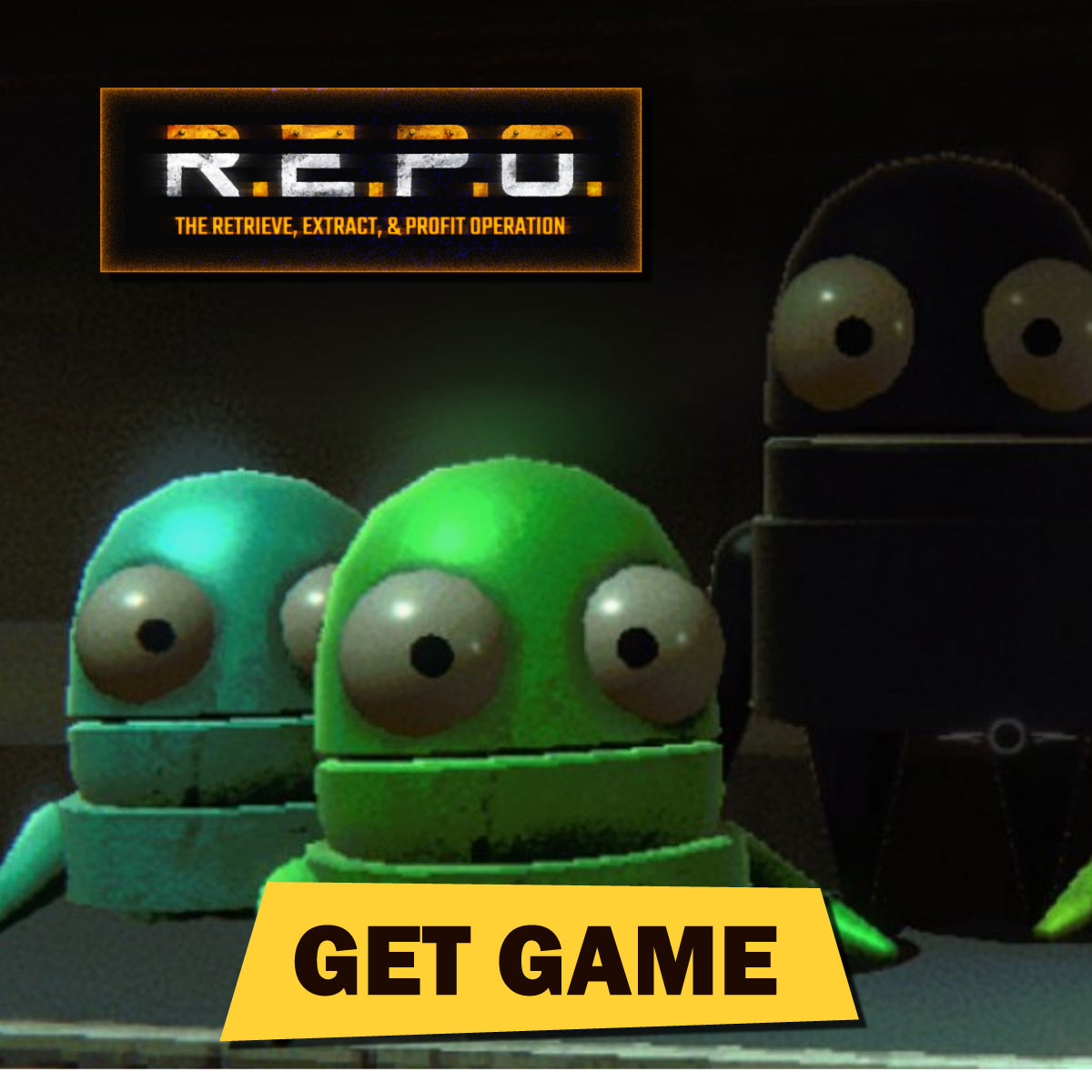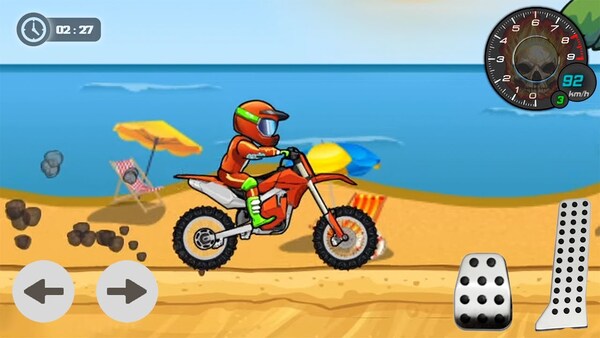Valorant, developed by Riot Games, is a tactical first-person shooter (FPS) that blends the precision of traditional gunplay with the creative depth of hero-based abilities. Officially released on June 2, 2020, Valorant quickly positioned itself as a serious contender in the world of competitive esports, offering a fresh take on the genre dominated by titles like Counter-Strike and Overwatch.
What sets Valorant apart is its fusion of tight mechanics, team strategy, and a diverse cast of Agents, each with unique abilities. Built for hardcore shooters and tactical thinkers alike, Valorant appeals to players looking for more than just fast reflexes. In this review, we will break down the evolution of Valorant, explore its core mechanics, competitive ecosystem, community features, and conclude with its overall strengths and weaknesses.
1. Riot’s Leap into the FPS World
The Developer’s Bold Move
Prior to Valorant, Riot Games was best known for League of Legends. The transition from MOBA to tactical FPS raised eyebrows, but Riot's expertise in esports infrastructure, community engagement, and live service updates made them an ideal candidate to challenge FPS heavyweights.
Launch Success
-
Riot launched Valorant during the COVID-19 pandemic with massive hype fueled by Twitch drops.
-
Closed beta viewership hit record highs, paving the way for an explosive debut.
-
Within months, Valorant had a thriving competitive scene and millions of active players.
The game’s rapid success came from its polished mechanics, careful marketing, and commitment to ongoing support.
2. Core Gameplay and Mechanics
Tactical Gameplay Foundation
Valorant follows the 5v5 bomb-plant format, familiar to fans of CS:GO. One team attacks and tries to plant the Spike, while the other defends.
-
13-round format with side switches at halftime.
-
Buy phase before rounds to purchase weapons and utility.
-
Economic strategy is vital, rewarding smart resource management.
Precision and Gunplay
-
Guns have high recoil control requirements and instant kill headshots.
-
Peeking, crosshair placement, and angle control are critical.
-
Movement speed and accuracy are tightly linked.
Valorant emphasizes precise, deliberate action over run-and-gun chaos.
3. Agent System: Abilities That Shape Playstyles
What Makes Agents Unique?
Valorant features a growing roster of Agents, each with a signature set of three abilities and one ultimate.
-
Duelists like Reyna or Jett focus on aggressive entry fragging.
-
Controllers like Brimstone manage map control with smokes and slows.
-
Initiators like Sova gather intel with recon abilities.
-
Sentinels like Sage specialize in defense and support.
Tactical Depth
Agents encourage team synergy and force players to learn map knowledge, lineups, and timing.
Abilities don’t replace gun skill but instead augment team tactics, making Valorant unique among FPS titles.
4. Maps and Strategic Layers
Rotational Design
Valorant’s maps are designed with multiple entry points, verticality, and agent-specific interactions.
-
Bind introduces teleporters that alter rotation speed.
-
Split features narrow choke points and vertical combat.
-
Ascent, Haven, Lotus, and Sunset each bring different playstyles.
Map Control
-
Holding mid is often critical for rotations.
-
Chokepoints must be contested or controlled with abilities.
-
Post-plant and retake scenarios demand precise execution.
Every map is a playground for tactical experimentation, and learning them is key to success.
5. Competitive Ranked Play and Matchmaking
Rank System Overview
Valorant’s ranked system ranges from Iron to Radiant, with progression based on:
-
Match wins
-
Individual performance
-
Win streaks and consistency
Competitive Structure
-
Unrated and Swiftplay modes allow casual play.
-
Premier mode introduces tournament-like weekly play and playoffs.
-
Seasonal resets help maintain active player engagement.
The ranked experience is intense but rewarding, appealing to both casual climbers and pro aspirants.
6. Esports and Professional Scene
VALORANT Champions Tour (VCT)
Riot built Valorant’s competitive foundation through the VCT, a structured pro circuit with:
-
Challengers, Masters, and Champions tiers.
-
Global regions including NA, EMEA, APAC, and more.
-
Franchise model introduced in 2023 with partnered teams.
Star Power and Legacy
-
Pro players from CS:GO, Overwatch, and other games have transitioned successfully.
-
Tournaments attract millions of viewers, driving community growth.
Valorant’s esports scene is now one of the biggest in the world, with strong support from Riot.
7. Monetization and Cosmetics
Skins and Battle Pass
Valorant is free-to-play, but earns revenue through:
-
Weapon skins (some with custom animations and sounds).
-
Battle Passes offering exclusive cosmetic rewards.
-
Valorant Points (VP) for premium purchases.
Controversies
-
Some skins are highly priced (up to $100 for a bundle).
-
No pay-to-win mechanics, but FOMO (fear of missing out) drives sales.
-
Community often debates value and pricing of cosmetics.
Despite pricing concerns, Valorant maintains a cosmetic-only monetization model.
8. Community Tools and Anti-Cheat Measures
Vanguard Anti-Cheat System
Valorant uses Vanguard, a kernel-level anti-cheat system that:
-
Runs at system boot level.
-
Flags cheating behavior in real-time.
-
Has sparked privacy debates due to its deep system access.
Player Behavior and Reporting
-
Match reporting and toxicity bans are enforced.
-
Riot encourages voice and chat moderation using AI learning systems.
These systems help keep Valorant competitive and fair, though some players still express concerns over bans and false positives.
9. Expert Rating and Final Verdict
Valorant is a testament to Riot Games’ ability to master new genres. What began as a gamble became one of the most important FPS titles in recent history. It’s a deep, tactical, and rewarding shooter that appeals to competitive players and fans of team-based games.
With regular content drops, a growing pro scene, and the commitment of Riot’s development team, Valorant is more than just a game—it’s a platform. Whether you’re climbing ranks or watching the best in the world battle it out in Champions, Valorant offers a dynamic, ever-evolving experience.
Conclusion
Valorant has successfully carved out its niche in the competitive FPS space, merging the best of tactical shooters and hero-based mechanics into a game that feels fresh, fair, and addictively replayable. With continued support, thoughtful Agent design, and a massive esports push, it’s clear that Valorant is not just a trend—it’s a modern classic in the making.
Whether you’re in it for the grind, the glory, or the game sense, Valorant rewards commitment, teamwork, and mechanical mastery in a way few games do. If you're looking for the future of tactical shooters, you're already looking at it.































